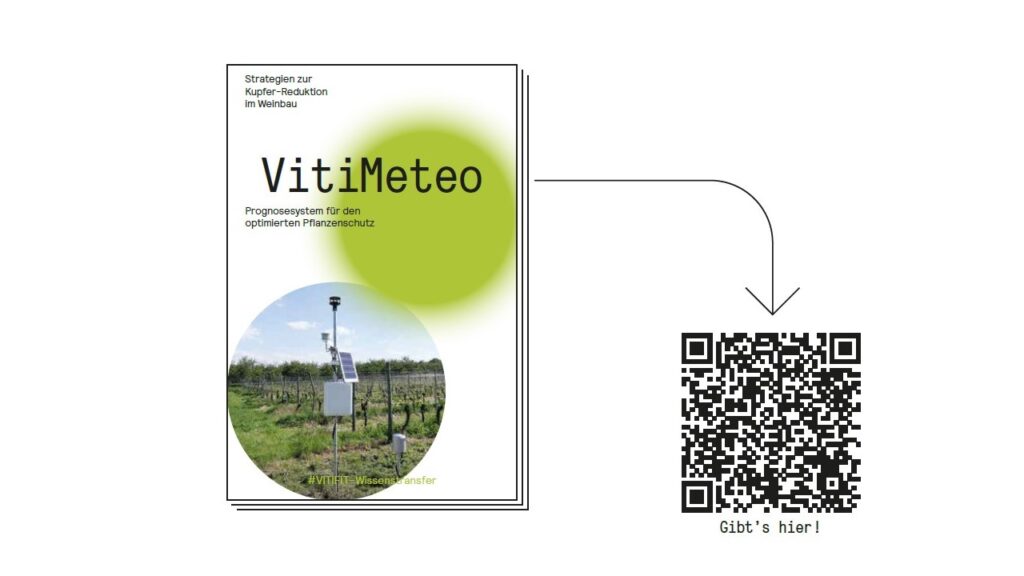
#Wissenstransfer

Ergebnisse aus dem VITIFIT Projekt
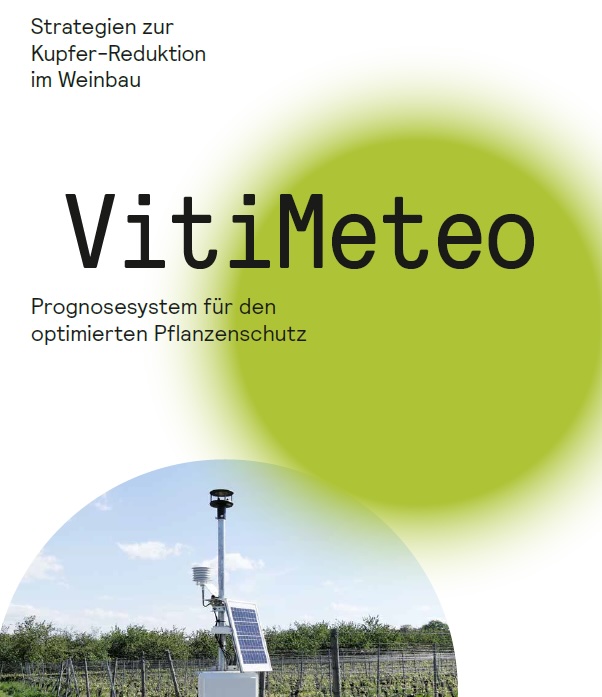
#Wissenstransfer
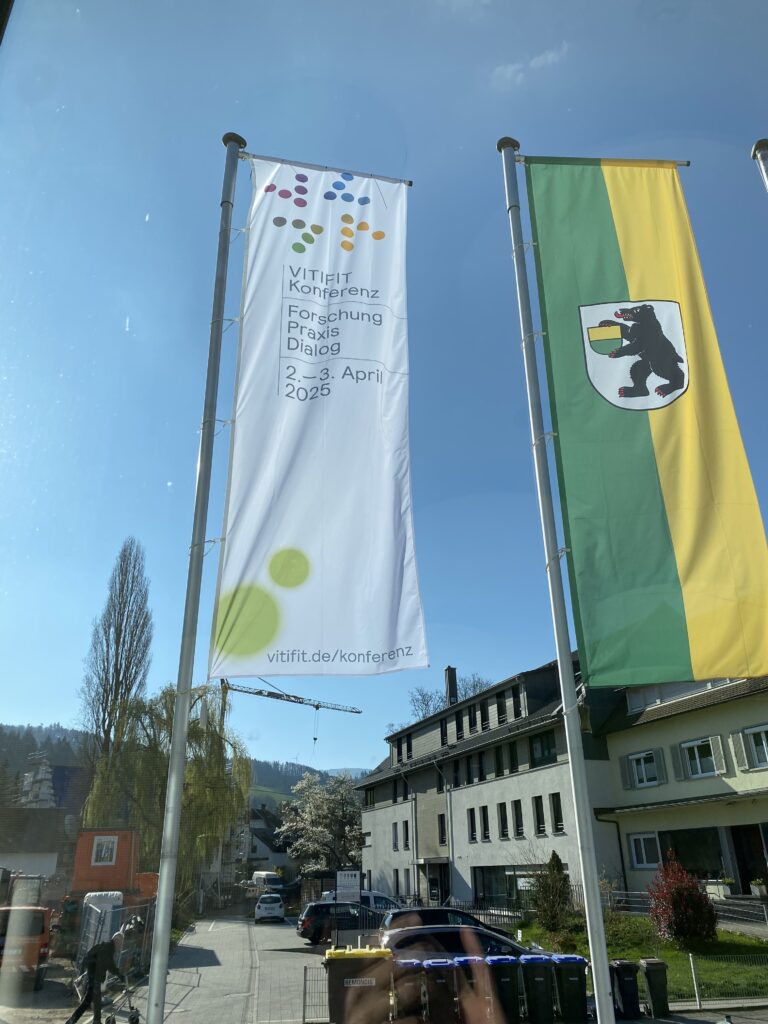
Forschung Praxis Dialog
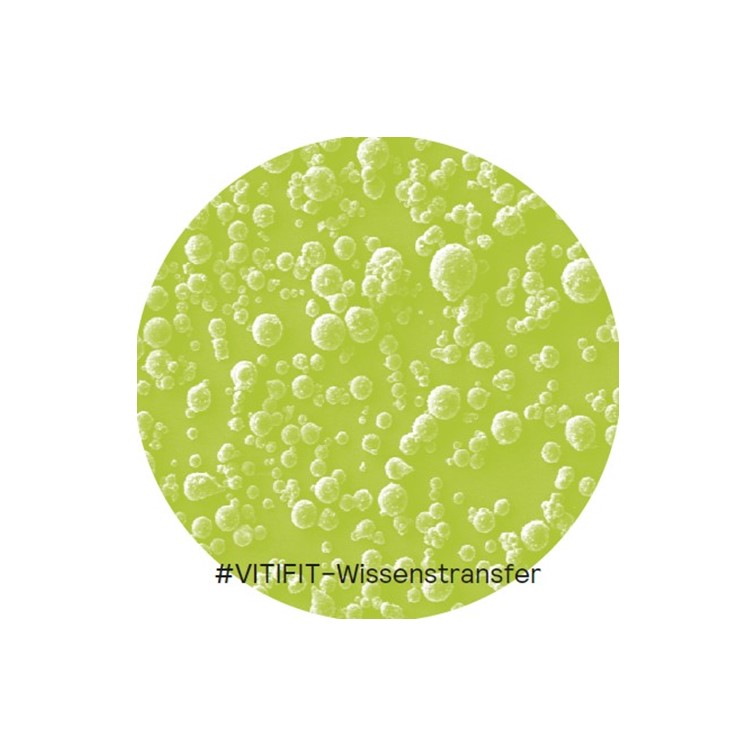
Neuerscheinung
VITIFIT-Konferenz
Im Rahmen der VITIFIT-Konferenz im FORUM Merzhausen werden sechs wissenschaftliche Poster, zwei aus dem Themenbereich B (Züchtung) und 4 aus dem Bereich A (Pflanzenschutz), präsentiert.
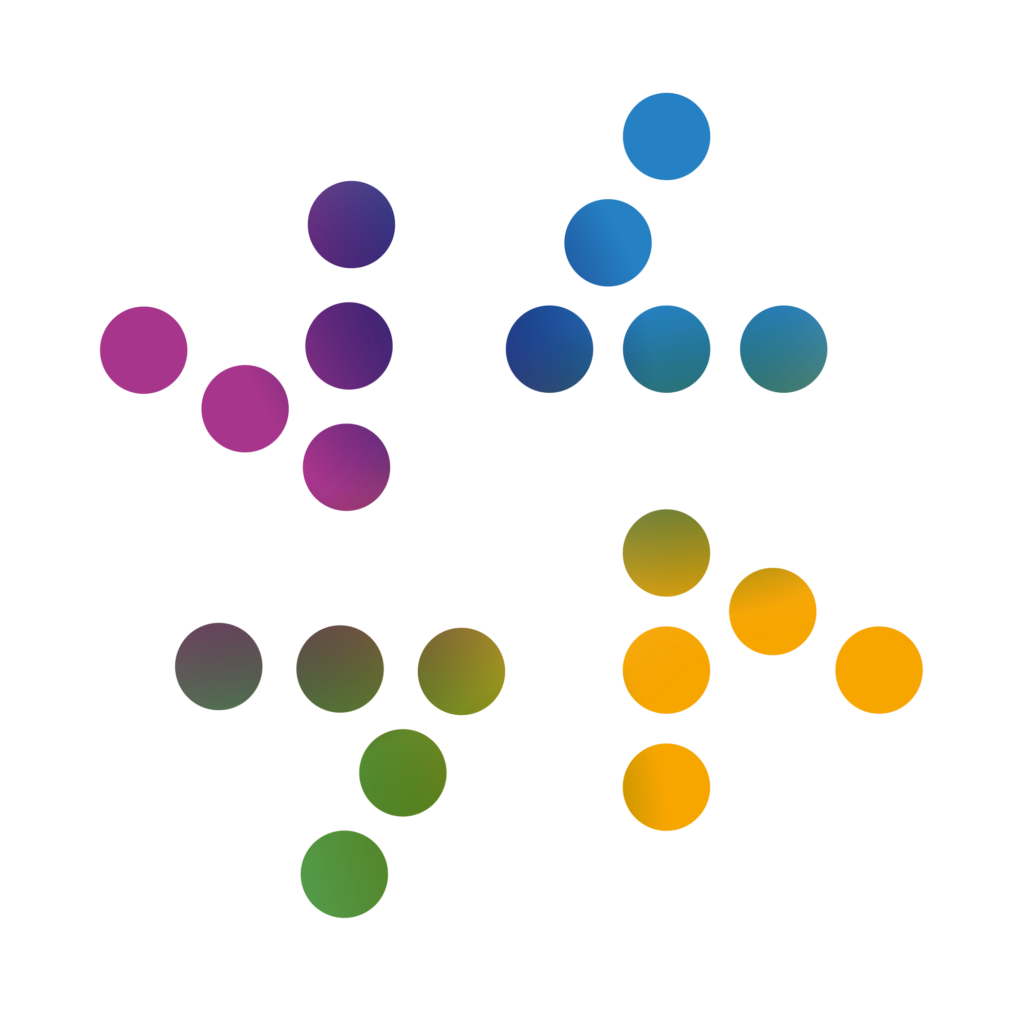
2. und 3. April 2025
Since its inception in 2019, VITFIT (Gesunde Reben, Vitis vinifera, im Ökoweinbau durch Forschung, Innovation und Transfer) is the largest applied research project in the field of organic viticulture in Germany.
For the first time, this joint project brings together all leading institutions of German viticultural research, organic growers’ associations, as well as industry representatives and organic wine growers.
This interdisciplinary network utilizes a digital platform, allowing founding partners and all interested in the project to exchange information continuously. Participation in the research process and in technical insights is as much a priority as the communication and knowledge transfer between individual actors from practice, consulting and research.
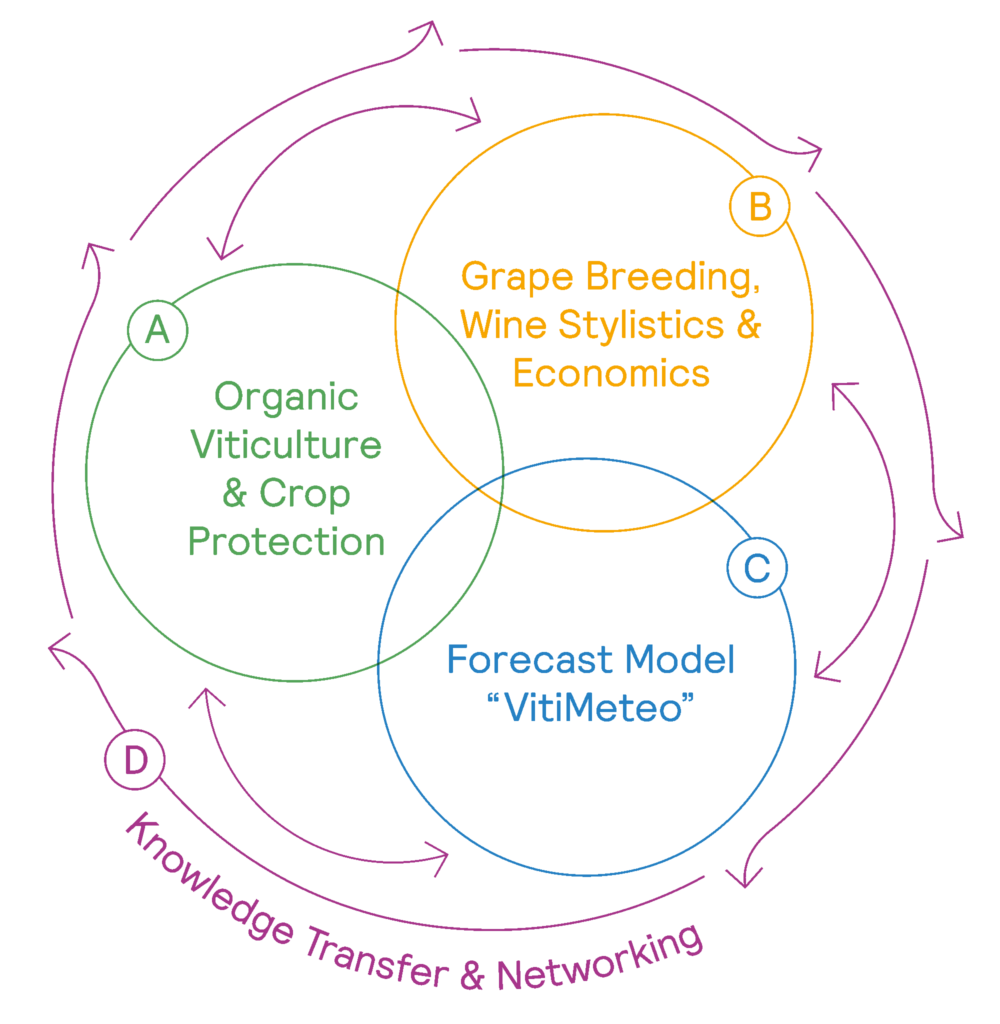
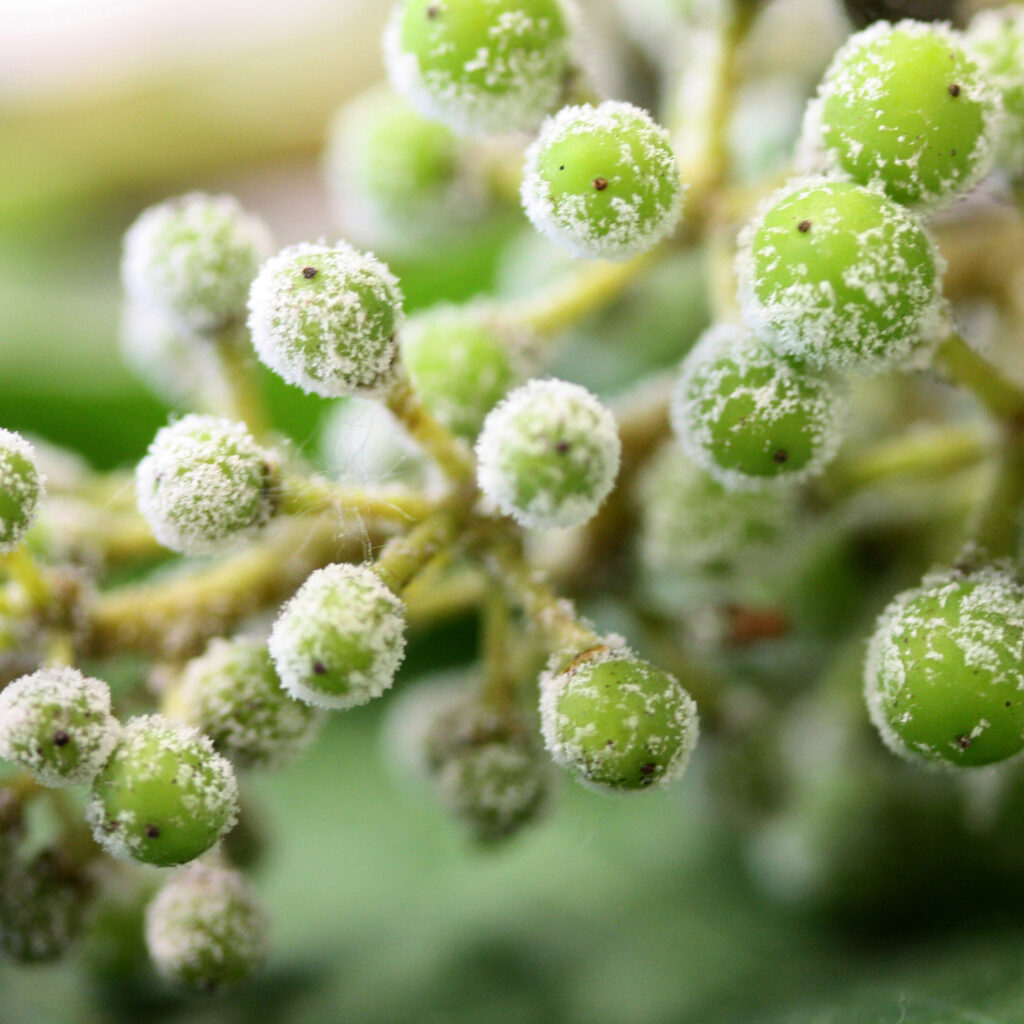
Area A
Development and optimization of crop protection strategies against downy mildew in organic cultivation of established and new grape varieties
Unfortunately, copper-containing plant protection products are still the only effective and approved method of combating vine peronospora in organic viticulture. However, with respect to soil and water protection, organic viticulture provides for a reduction, if not the complete abandonment of copper-containing plant protection agents.
For this reason, Area A is primarily concerned with research approaches to innovative, copper-minimizing plant protection strategies. Various plant extracts and improved formulations will be tested for their effectiveness. In addition, the biological effectiveness of copper salts is to be optimized and a reduction of the input is to be achieved by the process of microencapsulation, so-called CuCaps.
In addition, further practicable processes and technical solutions are to be developed and optimized individually and in combination at various locations. These include viticultural measures such as targeted defoliation and the use of soil covers, the application of new active substances and UV-C radiation. These measures are tested on classic and, in some cases, new, resistant grape varieties.
With regard to a possible re-certification of potassium phosphonate, its absorption, shifting and depot formation in vines, must and wine is being investigated on classical grape varieties.
In addition, the application of organic plant protection products is being examined to determine whether it has negative effects on the ecosystem of the vines’ leaves and leaf sheaths.
Contact:
Hochschule Geisenheim University (HGU): N.N.
Involved institutions:
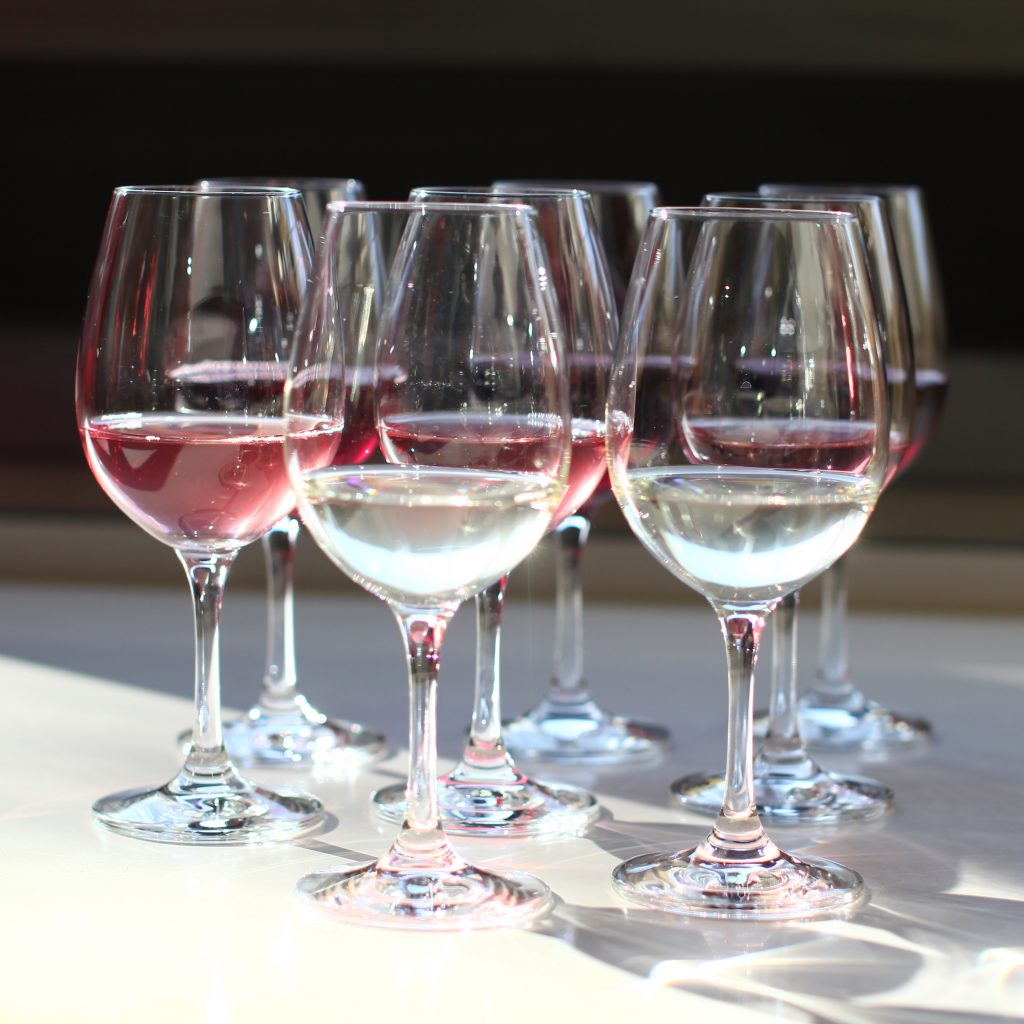
Area B
Breeding, wine stylistics, market acceptance and economic feasibility studies of new grape varieties
Area B is concerned with the development and establishment of new fungus-resistant grape varieties. In grape breeding, new resistances to the pathogen causing downy mildew (Plasmopara viticola) are identified in previously unused genetic resources and crossed into current breeding strains. Viticultural variety characteristics are categorized and clones are selected in order to develop or refine grape varieties that produce the most stable and long-lasting resistance to the pathogen and have an extended genetic base.
At the same time, the wine quality and style of existing new varieties is to be further optimized and adapted to consumer needs.
New grape varieties have the potential to reduce the use of pesticides. This results in economic advantages for winemakers and ecological benefits for the environment. In order to quantify these correlations, the operational aspects and sustainability effects along the entire value chain from the breeder to the production plants and distribution channels are evaluated with the help of digital time recording, surveys, market experiments and case studies.
Additionally, a target group and channel-specific marketing and communication strategy is to be developed by means of a six-stage investigation concept in order to help these varieties to achieve greater success in the wine market.
Contact:
Julius Kühn-Institut Bundesforschungsinstitut für Kulturpflanzen (JKI): Reinhard.Toepfer@julius-kuehn.de
Involved institutions:
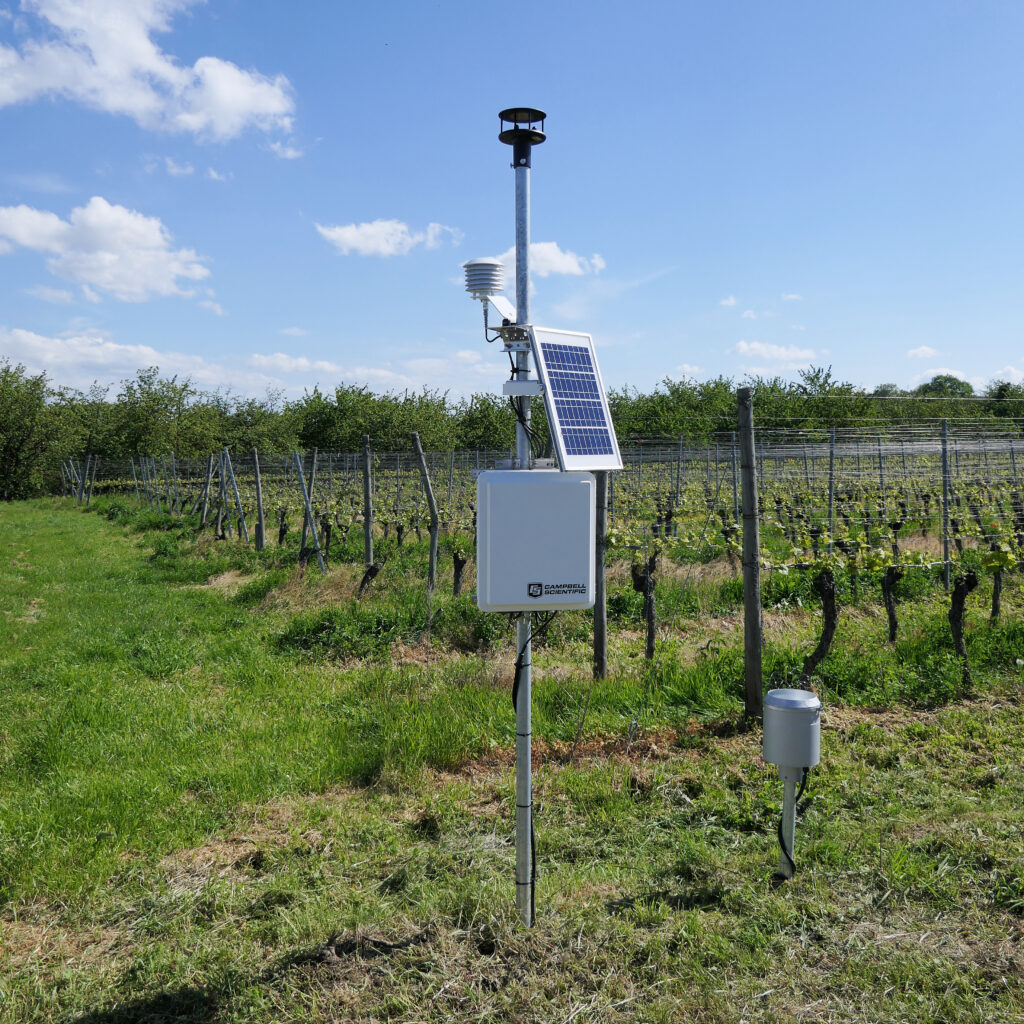
Area C
Adaptation of the forecast model “VitiMeteo Rebenperonospora“ to new grape varieties and organic viticulture
Area C deals with the prognostic model “VitiMeteo Rebenperonospora” and aims to optimize this model for the use of organic production methods by adapting it to new grape varieties bred for fungal resistance.
The “VitiMeteo Rebenperonospora” model is a valuable decision-making aid for winegrowers when scheduling a plant protection measure. By processing relevant weather parameters, the system indicates periods of time during which infections and spore formation are possible. Moreover, the course and length of the incubation period of the vine peronospora is calculated. The current model version, also integrates a growth model. To adapt the system to new grape varieties, various parameters must be recorded and evaluated over the entire season. For this purpose, data on the sensitivity of the different grape varieties to vine peronospora must be collected. Furthermore, differences in the phenologic development of the plant must be determined in order to reliably predict the occurrence of these sensitive stages. Once the resistance properties of the new grapevine varieties to the pathogen have been precisely identified and characterized, the grapevine varieties are divided into clusters according to the properties determined. The corresponding algorithms are then adapted and integrated into the existing prognostic model.
The adapted prognostic model should reduce the application of plant protection products to such an extent that the sensitive development stages of the new grapevine varieties are reliably protected and underlying resistance mechanisms are not negatively influenced by the grapevine peronospora.
Contact:
Staatliches Weinbauinstitut Freiburg (WBI): Rene.Fuchs@wbi.bwl.de
Involved institutions:
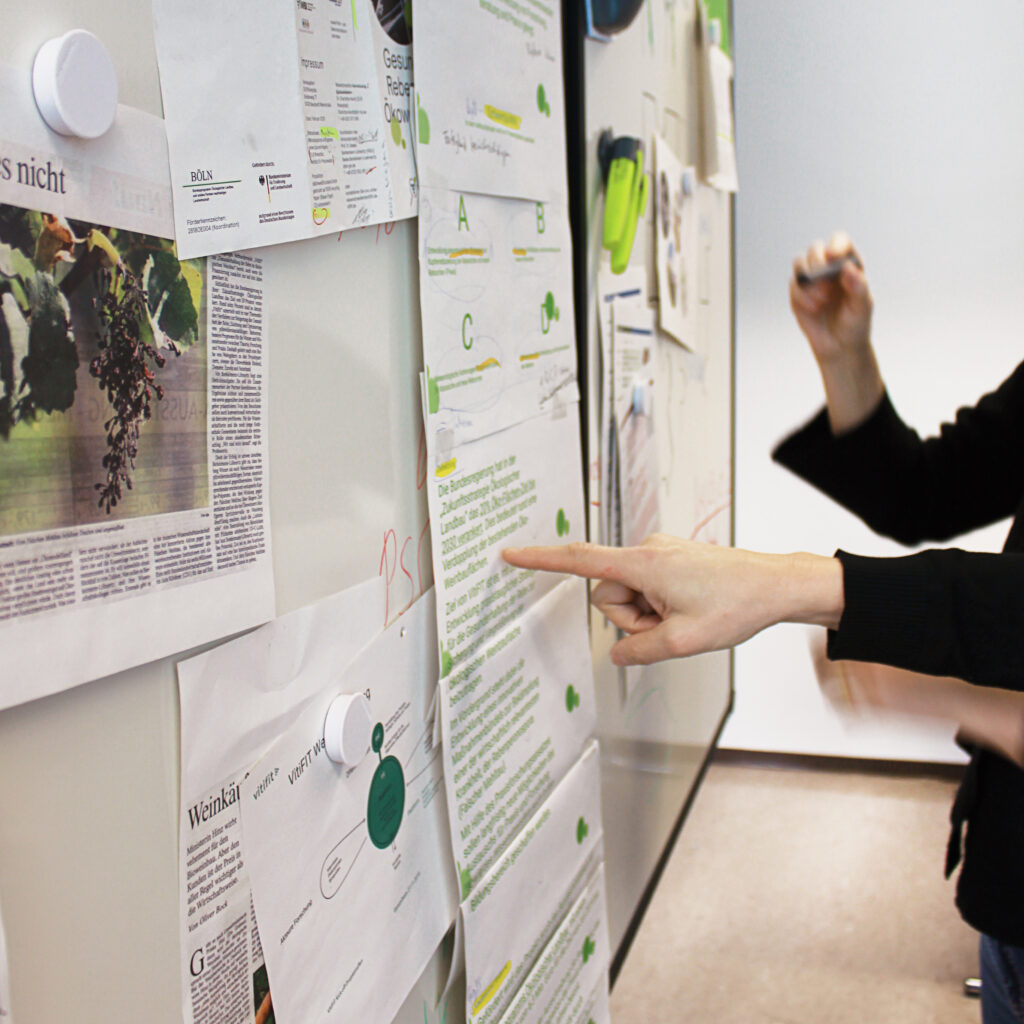
Area D
Knowledge transfer, networking and communication between research and practice
Area D is concerned with the development of concepts to optimize networking, transparency and the information flow between actors from research and practice, in order to accelerate knowledge and technology transfer in the field of organic crop protection.
To this end, the cooperation of the various research institutions is to be promoted and the participation of wineries and businesses in the research process made possible. Transfer points for knowledge and information are to be identified and existing networks expanded.
This project website has already been implemented and an interactive exchange platform in the form of a web application will be developed and made available to all project partners and all interested parties. This will enable a direct exchange within and between the systems during the project duration. Thus, everyone, researchers as well as winemakers, will have the possibility to receive and evaluate each other’s suggestions.
Already during the project period, by means of events (including fora, seminars, workshops, and field days) findings and results from the thematic areas can be communicated with the applied viticulture sector which in turn feeds back into Area D, which structures and processes the information and communicates it with the respective research institutions. Through this intensive, timely transfer of knowledge, practical and application-oriented research is assured.
Furthermore, multipliers will be trained, working materials will be prepared and a concept for education and continued education will be developed. The contents and results from all topics areas are prepared for specific target groups and fed into the information channels of the practice, research, consulting and business sectors.
It is also planned to form a Practice Research Network with a focus on “Crop Protection in Organic Viticulture.” At the end of the project period, there shall be available a practical action concept for winegrowers to further reduce the use of copper in the organic viticulture.
Contact:
Dienstleistungszentrum Ländlicher Raum Rheinpfalz (DLR-RP): Charlotte.Hardt@dlr.rlp.de
Involved institutions:
Area A
Development and optimization of crop protection strategies against downy mildew (Plasmopara viticola) in organic cultivation of established and new grape varieties
A1: Testing the efficacy of new crop protection products and substances
A2: Development of strategies for copper reduction in established grape varieties – defoliation, soil cover, use of new substances, potassium phosphonate as well as UV C-radiation
A3: Research on uptake, translocation and deposit formation of potassium phosphonate in the vine as well as on residues in must and wine
A4: Crop protection strategies for PIWI grape varieties
A5: Optimisation of the effectiveness of microencapsulated copper salts (CuCaps) for copper minimisation
A6: Production, stabilisation, analysis of stilbene extracts from vine cuttings and their effect against downy mildew on potted grapevines and in the vineyard
A7: Changes in microbial diversity of the phyllosphere in relation to ecological plant protection measures against downy mildew
Area B
Breeding, wine stylistics, market acceptance and economic feasibility studies of new grape varieties
B1: Grape Breeding and genetic resources
B2: Oenological wine stylistics
B3: Market introduction and consumer communication
Area C
Adaption des Prognosemodells „VitiMeteo Rebenperonospora“ an neue Rebsorten und den Ökoweinbau
C1: Ongoing development of the existing VitiMeteo forecasting model for the prediction of downy mildew with the aim of adapting it to fungus-resistant grape varieties.
Area D
Knowledge transfer, networking and communication between research and practice
D1: Presentation of the joint project VITIFIT
D2: Ongoing development of practice research networks and networking activities
D3: Development of a sustainability concept
D4: Creation and maintenance of a web application for the VITIFIT project
D5: Optimisation & installation of the research method “Participatory Research” as well as implementation of quality criteria for this method
D6: Development of an “educational initiative” on VITIFIT
D7: Monitoring
D8: Development of a training concept for the further training of multipliers
D9: Processing of all results and transfer to all communication channels of the winegrowing sector
VITIFIT’s goal is to reduce and, in the long term, replace copper-containing crop protection agents while combatting downy mildew (Plasmopara viticola) in organic viticulture.
In pursuit of this goal, innovative crop protection strategies are being developed at various locations, with new active ingredients, improved formulations, physical technologies and viticultural measures being tested in various combinations.
Furthermore, breeding activities and various strategies are promoted in order to maintain the most stable resistance possible in fungus-resistant grape varieties. In addition, oenological recommendations are developed for existing and new varieties, market acceptance is promoted, and economic indicators and sustainability effects are determined. At the same time, the forecast model “VitiMeteo Rebenperonospora” (VitiMeteo Vine Peronosopora) will be adapted to new grape varieties and organic viticulture.
Through improved network structures and an increased information flow, VITIFIT strives to optimize the transfer of knowledge and technology and aims to intensify the dialogue between researchers and producers.
All these VITIFIT measures are designed to make crop protection more resource-efficient, to secure the existence of organic wineries in the long term and to promote the conversion to organic production methods.
The project is funded by the Federal Ministry of Agriculture, Food and Regional Identity (BMEL) on the basis of a decision by the German Bundestag as part of the Federal Organic Farming Programme (BÖL). The project was launched in June 2019 and the current third project phase will run until the end of 2025.
Project Coordination
Staatliches Weinbauinstitut Freiburg (WBI)
Dr. René Fuchs
Rene.Fuchs@wbi.bwl.de
Dr. Stefan Schumacher (Stellvertretung)
Stefan.Schumacher@wbi.bwl.de
Dr. Katharina Zug (Projektmanagerin)
Katharina.Zug@wbi-bwl.de
Editorial Office und Knowledge Transfer VITIFIT
DLR Rheinpfalz
Karin Franzen
Karin.Franzen@dlr.rlp.de
Academic and research institutions:

Organic growers’ associations:
Practice partners:
Demonstration wineries:
Bioland Weingut Ansgar Galler
Bio-Weingut Kronenhof Andreas Hattemer
Bio-Weingut Rummel
Weingut Wilhelm Zähringer
Weingut Zehnthof Theo Luckert